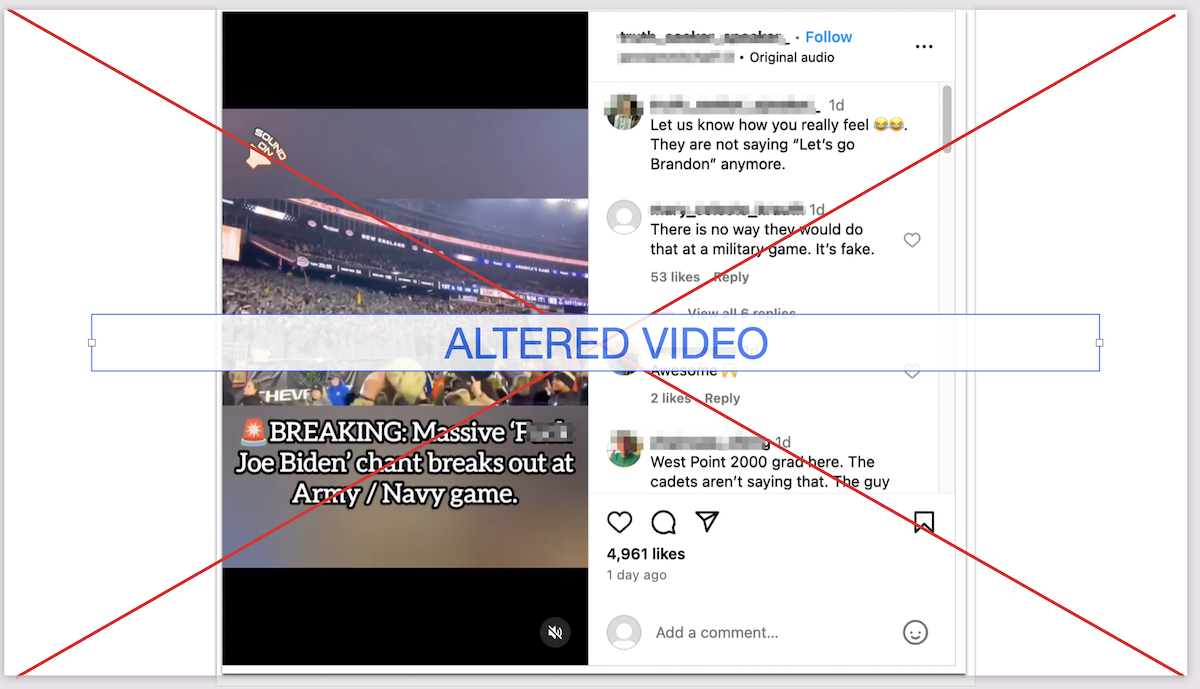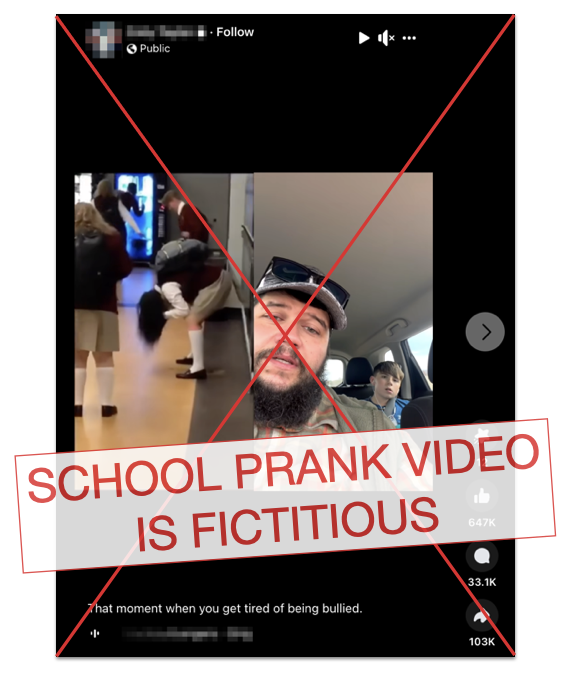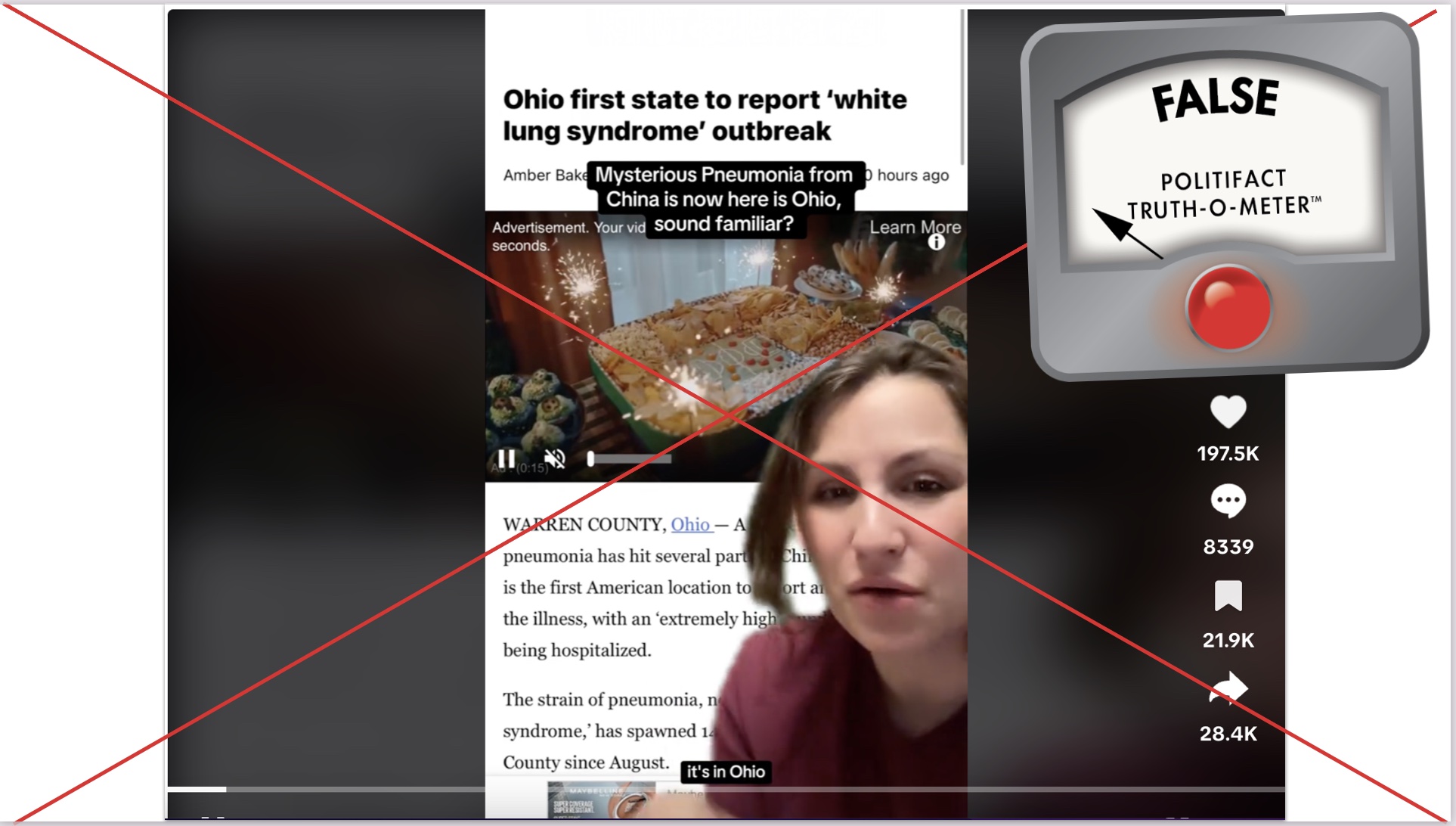Iowa has played an outsized role in presidential politics for decades. Now, the Hawkeye State’s importance is being played out here in the Badger State, as Republicans and Democrats tussle over Wisconsin’s current gerrymandered Legislative maps.
A Calumet County lawmaker is now citing the “Iowa model” when touting a Republican redistricting plan that calls for the Legislature to OK new maps drawn by nonpartisan staff.
“Wisconsin Republicans will introduce a nonpartisan redistricting plan based off the Iowa Model,” state Rep. Ron Tusler, R-Harrison, said Sept. 12, 2023 on X, formerly known as Twitter. “This plan has been hailed as the ‘gold standard’ redistricting model by Democrats and Republicans alike. Republicans, Democrats, and the Governor pushed this plan last time redistricting happened in 2020.”
PolitiFact Wisconsin found the Calumet County lawmaker’s statement interesting, particularly the claim that “Republicans, Democrats, and the Governor pushed this plan last time redistricting happened in 2020.”
That’s because following the introduction, there was howling from Democrats about an about-face by Republicans to support the plan. And howling from Republicans that Democrats suddenly were balky about a plan they supported all along.
Have Republicans, Democrats and the governor really been pushing the “Iowa model” since 2020? And is what’s on the table now, really the “Iowa model”?
Let’s take a look.
What is the “Iowa model”?
When asked for backup for the claim, Tusler legislative aide Nick Schultz referred PolitiFact Wisconsin to several news articles, press releases, past lawmaker statements and legislation detailing the Iowa model and why its being hailed as “a gold standard’ redistricting model.
But here, we focused on two things: How closely does what was introduced mirror the Iowa model. And have all the parties pushed that approach since 2020?
The Iowa model, as explained in a Sept. 13 Milwaukee Journal Sentinel article, refers to a redistricting method Iowa adopted in 1980 that calls for Iowa’s nonpartisan Legislative Services Agency to draw district boundaries for state legislative and congressional seats.
Legislation to adopt the “Iowa model” has been introduced during every session of Wisconsin’s Legislature since 2011 but until October 2023 had never gotten a hearing during a legislative session. Republicans controlled both chambers throughout that period, and, for a long stretch, also held the governor’s office.
The new Assembly Bill 415 has had only one public hearing, Oct. 19, — and that came only after the recent GOP announcement of support.
Under that proposal, announced in September by Assembly Speaker Robin Vos, the new maps would take effect in the 2024 election cycle.
Following three hours of oral arguments Nov. 21, a ruling on a bid to overturn the legislative maps now rests with the state Supreme Court.
But there are key differences differences between the Iowa model and the Wisconsin plan.
Richard Loeza, senior legislative analyst at the Wisconsin Legislative Reference Bureau, said the differences between Iowa’s process and Wisconsin’s largely reflect matters unique to Wisconsin law, such as the timing of the steps in the process and the constitutional power of the Wisconsin Supreme Court. In a memo, the Legislative Reference Bureau said the proposed legislative redistricting is largely the same as that in Iowa, with some exceptions.
Loeza, in an email to PolitiFact Wisconsin, said the main difference is that, under the Iowa Constitution, if no map proposal is enacted by Sept. 15 of the year ending in 1, the Iowa Supreme Court must intervene to adopt a redistricting plan, or cause a redistricting plan to be adopted. None of the Wisconsin proposals in 2019, 2021 or 2023 include such a provision, although such a dispute would likely end up before the court.
Also, Democrats’ recent bills have favored adding a provision that maps adopted after three sets from the state agency are rejected must be passed by a three-fourths supermajority of the Legislature. This is to ensure that one party does not ultimately enact a partisan gerrymander at the end of the process. The GOP bill includes neither the Iowa Supreme Court backstop or this provision.
Furthermore, unlike the previous Wisconsin bills or Iowa, AB 415’s amendments create even more differences between the two state’s models. Under one example, the amended AB 415 would require the Legislative Reference Bureau to continue drawing maps after a third map was rejected. Additionally, there are still no supermajority requirements in AB 415 as amended. The amendments, Loeza pointed out, “have resulted in more differences between AB 415 and the Iowa system.”
John Johnson, research fellow in the Lubar Center for Public Policy Research and Civic Education at the Marquette University Law School, said there has been a bill pertaining to the redistricting process proposed in each of the last three legislative biennia.
“All of the bills bear similarity to the ‘Iowa model’” but are not the same, Johnson said.
Bills in 2019 and 2021 were introduced, received limited GOP support and never made it to a hearing.
“None of these plans are the same as the ‘Iowa model,’ Johnson said “They all vary in important ways.”
Have Republicans previously supported the model or moved to enact it?
There is little doubt that Democrats have supported the approach in recent years. For instance, Democratic Gov. Tony Evers has proposed nonpartisan redistricting in his first two biennial budget requests.
Barry Burden, director of the Elections Research Center at the University of Wisconsin-Madison, said most Republicans in the state Legislature and GOP leaders opposed any kind of independent redistricting commission or process “until Tuesday, Sept. 12, when Speaker Vos led a press conference to announce support for a freshly crafted bill that would implement a system similar but not identical to the Iowa model.”
Burden said it was a surprising turn of events given Republicans’ history of standing by the existing system and resisting reforms.
Jay Heck, executive director of Common Cause Wisconsin, pointed to the change in support of the Iowa model by Republican lawmakers.
“The short answer is that very few Republicans and certainly not Tusler ever supported any version of the Iowa model legislation before Sept. 11, 2023 — the date Robin Vos announced his plan,” Heck told PolitiFact Wisconsin.
Common Cause is a nonpartisan national group with state chapters devoted to fighting for reforms to gerrymandering, political spending and other issues.
In the supporting information Schultz, of Tusler’s office, shared with us, there was mention of “past comments by legislative Democrats, as well as legislation authored by both Republicans and Democrats including the Governor.”
It’s true that legislation was co-authored by both Republicans and Democrats, however, Republican support for the earlier measures was very limited. For example, the 2019 measure, A.B. 303, was introduced in June 2019 by 36 Democratic representatives and two Republicans. The two Republicans were Reps. Todd Novak, R-Dodgeville, and Travis Tranel, R-Cuba City. Two additional GOP Assembly members, Rep. Joel Kitchens, R-Sturgeon Bay and Rep. Loren Oldenburg, R-Viroqua, signed on as co-authors a month after the introduction.
In other words, there was no indication of widespread support by Republicans prior to the Vos 2023 news conference, such as public pronouncements or any votes — which could have easily been held, given GOP control of both chambers.
In fact:
A.B. 395, a proposal to institute nonpartisan redistricting was introduced to the legislature on June 11, 2021, and was referred to the Committee on State Affairs. No action was taken on the bill and no public hearings were held on it. The bill died at the end of the 2021-22 legislative biennium.
A.B. 303 was introduced to the legislature on June 20, 2019, and was referred to the Committee on Campaigns and Elections. No action was taken on the bill and no public hearings were held on it. The bill died at the end of the 2019-20 legislative biennium.
What’s more, the redistricting maps created by the GOP — the ones being challenged before the state Supreme Court — did not include the Iowa approach.
The ongoing dispute and continued disagreement undermine Tusler’s claim that everyone has fought for Iowa-style maps since 2000.
Our ruling
Tusler said “Wisconsin Republicans will introduce a nonpartisan redistricting plan based off the Iowa model. … Republicans, Democrats, and the Governor pushed this plan last time redistricting happened in 2020.”
The claim, while being largely true, has problems on multiple fronts.
First, the plan introduced by Republicans in 2023, proposes a nonpartisan legislative redistricting process almost identical to Iowa’s process. But has key differences to earlier measures introduced in 2019 and 2021.
Those earlier measures did have Republican support, but political experts pointed out that very few Republicans ever supported any version of the Iowa model legislation before this past Sept. 11, when the latest plan, backed by Republicans, was introduced. Therefore, there has been GOP support, albeit very limited.
For a statement that is partially accurate but leaves out important details or takes things out of context, our rating is Half True.




